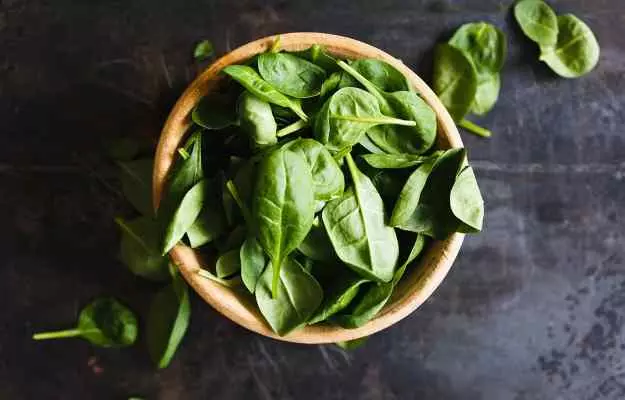Amaranth or chaulai is a leafy green belonging to the family Amaranthaceae. From salads to boiled and cooked curries, amaranth leaves and stems are cherished all over the world.
But, you need to be more than just a food lover to recognise the many varieties of this plant, which may be growing as a weed right in your backyard. After all, there are more than 50 different plants that are known by this name and most of them have their own value, whether as a food, feed or as an ornamental plant.
Some varieties of amaranth plant are solely grown for their seed, which is then used as a cereal or in the form of flour.
Looking at the nutritional aspects, chaulai seeds and leaves have ample amounts of vitamin C and carbohydrates. It not only provides you with energy but also keeps your immune system active against diseases. Being rich in vitamin A, amaranth leaves make excellent food for your skin, hair and eyes and the amount of selenium in amaranth grains is perfect for making your own hair conditioner.
So, a plant that, by itself, makes a whole meal while also taking care of your natural glow. What else can you ask for in a functional food?
Here are some basic facts about amaranth:
- Botanical name: Amaranthus spp.
- Family: Amaranthaceae
- Common name: Chaulai ka saag, pigweed, Amaranthus
- Parts used: Leaves, seeds, oil
- Native region and geographical distribution: Amaranth grow widely in most tropical regions of the world, especially Asia, Africa and parts of America.




























